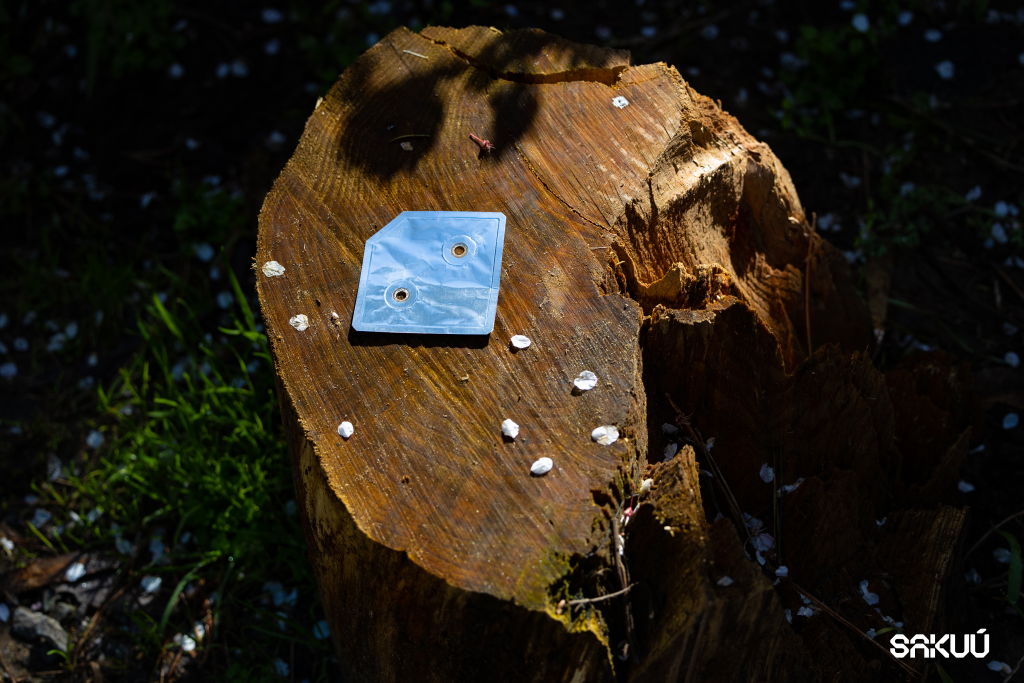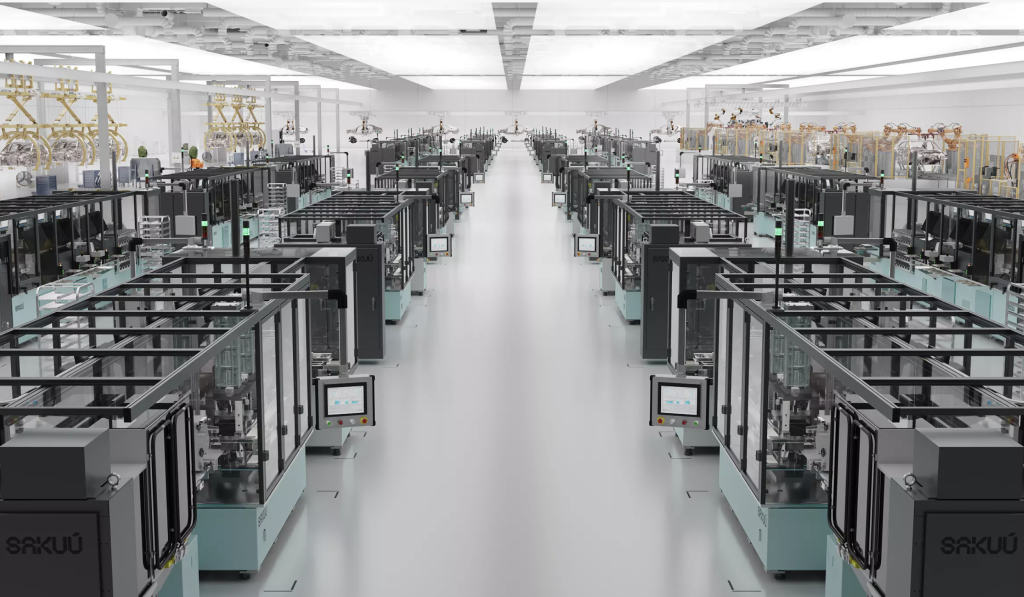Kavian platform, SwiftPrint batteries manufacturer Sakuu Corporation and a Special Acquisition Company (SPAC) Plum Acquisition Corp. I (Plum) have announced the signing of a definitive business combination agreement that will lead to Sakuu becoming a publicly traded enterprise.
After the proposed transaction is completed, the merged entity will be renamed Sakuu Holdings Inc. and registered on a US national exchange under the ticker symbol ‘SAKU’. The transaction has an estimated enterprise value of $705 million USD. This comes at the heels of Sakuu achieving the milestone of 3D printing completely operational performant batteries in custom shapes and sizes since December 2022.

Goals that Sakuu intends to achieve
Sakuu, which was founded in 2016, is commercializing next-generation lithium (Li) metal batteries and Li-metal all-solid-state batteries, which will be produced in bulk using proprietary multi-material, multi-process AM technologies. Sakuu aims to solve crucial problems that are regarded to impede commercial-scale production of solid-state batteries by trailblazing SwiftPrint solid-state batteries from its Kavian AM platform. SwiftPrint batteries also provide custom form factors and sizes, increased energy density, reusability, and anticipated process, material, and energy efficiency gains when compared to conventional battery manufacturing techniques.
Sakuu plans to license its battery chemistries and market its Kavian platforms to businesses looking to implement cleaner, superior, and cost-effective energy on an extensive scale. Clients in various markets have been evaluating and testing samples of Sakuu’s safe, non-flammable highly efficient Li-metal anode battery since the third quarter of 2021. Sakuu aims to first deliver the next-generation solid-state battery necessities for large industries, like grid energy storage, e-mobility, aviation, industrial, electronic goods, and electric automobiles, with the Kavian platform and throughout its battery product lines (EVs).
Comments provided by the company management team
Sakuu Founder and Chief Executive Officer Robert Bagheri said, “The arrival of transformative additive manufacturing will have profound implications across global legacy manufacturing. Our high-volume Kavian solution for printing batteries can potentially leapfrog decades of manufacturing stagnation. We believe Kavian is the only known solution for producing heavily in-demand products, such as solid-state batteries, that can be custom-printed rapidly and cost-effectively—taking next-generation battery manufacturing to realms never imagined. Since 2016, our talented team, with deep and diverse industry expertise, has worked diligently to develop Kavian, along with our next-generation battery products. We are not a concept company—we have successfully and consistently printed high-performance batteries since December 2022 and, with this progress, we have entered the first stages of commercialization. With this proposed merger, the strong support of the exceptional leadership team at Plum, and our dedicated investors, we feel Sakuu is well-positioned to create a paradigm shift in complex manufacturing, starting first with batteries.”
Plum Chairwoman Ursula Burns says, “I’ve always been fascinated by fundamental step changes in approach that unlock significant value in otherwise incrementally evolving industries. Sakuu represents an opportunity for such a fundamental step change in manufacturing through its high-volume, multi-material, additive manufacturing Kavian platform – something that has impressed even a printing industry veteran like me. Solid-state batteries, and the massive addressable market associated with it, could just be Act 1 for the Company. We believe its technology has already allowed it to leapfrog many more highly capitalized battery suppliers. Plum is honored and excited to partner with Sakuu for its long-term journey in the public markets.”

3D printing firms and the SPAC boom
In 2020, the number of firms going public through mergers with (SPACs) rather than traditional IPOs increased. During 2020, there were a record 248 SPAC IPOs in the United States alone (2019: 59). Figures for 2021 exceeded the previous high, with 296 SPACs in the first quarter of the year. Nearly $11 billion in these transactions were invested in 3D printing companies. As a result, 3D Printing Industry spoke with the industry experts and gained their insights on the main source of 3D printing’s SPAC booms.
“SPACs have also provided public investors with the opportunity to generate returns in potentially disruptive technology companies, that were previously available to VC investors,” said Jim Ricchiuti, a Senior Analyst at Needham and Co. “SPACs are targeting 3D printing companies because they offer the potential for strong future growth.”
“With the pandemic, the importance of technology has become apparent to everyone,” added John Howe, a Finance Professor at the University of Missouri. “SPACs are targeting technology companies because they are sexy, in the news, and hold out the possibility of very high returns.”
Previously, on-demand manufacturing service provider Fathom Digital Manufacturing, revealed the conclusion of its business combination with SPAC Altimar Acquisition Corp II. Under the agreement’s conditions, CORE Industrial Partners will remain the major shareholder in the newly-combined firm, which started trading for the first time publicly under the ‘FATH’ ticker on the NYSE. Fathom had originally estimated that the transition would raise up to $80 million in funding, but later stated that it intends to invest in “promising new technologies across the industry” in the future.
Furthermore, industrial laser specialist Nuburu sought to go public through a merger with SPAC Tailwind Acquisition Corp, (TWND). Nuburu and Tailwind Acquisition anticipated merging into a $350 million enterprise backed by $334 million in gross proceeds and an extra $100 million offered by asset management company Lincoln Park Capital under the terms of the agreement.
What does the future of 3D printing for the next ten years hold?
What engineering challenges will need to be tackled in the additive manufacturing sector in the coming decade?
To stay up to date with the latest 3D printing news, don’t forget to subscribe to the 3D Printing Industry newsletter or follow us on Twitter, or like our page on Facebook.
While you’re here, why not subscribe to our Youtube channel? Featuring discussion, debriefs, video shorts, and webinar replays.
Are you looking for a job in the additive manufacturing industry? Visit 3D Printing Jobs for a selection of roles in the industry.
Featured image shows Sakuu Silicon Valley Factory. Photo via Sakuu.



